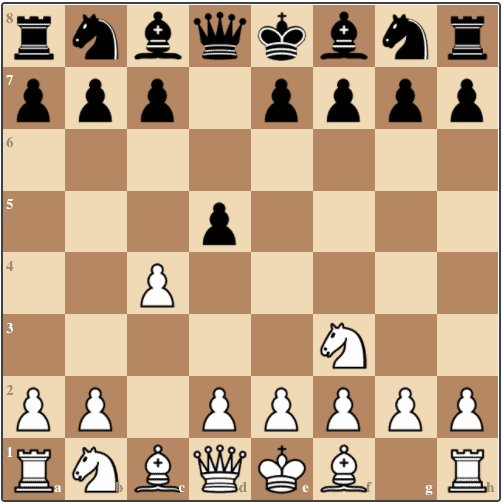Choosing between Active and Passive Defense
Choosing between Active and Passive Defense
----------------------------------------------------------------------------------
When our opponent attacks a weakness in our position, like a pawn, for example, our instinctive reaction is to defend it immediately. We have seen in previous lessons that a defensive piece is a passive piece. In Chapter 1: Assessment of the Position, we learned that once our king has castled into safety, the activity of the pieces plays a decisive role in measuring the outcome of the game. It is very important not to play with a passive piece for too long, or even temporarily.
Imagine a patient going to a doctor with complaints of stomach pain, and the doctor suggests that surgery be done the next day! Is it normal? Shouldn't he have done a thorough and proper diagnosis, prescribed relevant medicines, or even advised the patient to change his food habits? Only as a last resort should he suggest surgery.
In chess, we should see defensive moves as something of a surgery. It should only be done as a last resort. If this is the case, how are we supposed to react when our opponent threatens a pawn in our position, for example?
1) A strong counter-attack is the best defense. Try to attack something in your opponent's position instead of passively defending.
2) Try to defend yourself indirectly - maintain pressure, using tactical means. If he takes your pawn, he should lose something else.
3) Sacrifice the attacked material in exchange for piece activity, initiative, an attack or positional compensation.
4) Postpone playing a defensive move by at least one move. This is a significant improvement over defending it immediately.
5) If none of the above work, only then should we defend directly.
Initiative is the essence of any sport. Let us try to understand what we mean by initiative. To make it simple to comprehend, the one who gives threats has the initiative and the one who responds to threats is on the defensive...
What's wrong with playing a defensive move? The defensive piece becomes passive and initiative shifts over to our opponent. His pieces will become active and flourish, while our position will stay passive and cramped.
Defending passively against every threat is a common problem for many upcoming players. It is essential that they change this defensive mentality to improve in their chess strength. If we analyze deeply why a player plays defensively, we can understand that the root causes are: giving undue importance to material, a "safety first" approach to chess, an unwillingness to take risks, overestimation of the opponent, underestimation of ourselves, lack of trust in our ability to calculate, and fear of making a mistake. These are some of the main causes that makes a player play defensively. To play strong, active chess, we must improve ourselves in the above areas...
We often see in a young player's games a willingness to retreat to defend against threats. Such play should be avoided, unless it's forced. We should move our pieces forward and resist the temptation to defend passively...
In Summary...
1) Try not to play "automatic" defensive moves for every threat made by the opponent. Playing defensively can be seen as a "bad habit".
2) Offence (or counterattack) is the best form of defense in many cases.
3) We should not be lazy to do some complex calculation when it comes to choosing between active or passive defense.
4) We should reject the impulse to defend passively by constantly looking for active moves.
5) Passive pieces lose most of their power while remaining in passive positions; do not condemn a piece to passivity by playing defensive moves.
6) A defensive move usually hands over the initiative to the opponent, so avoid them as mush as possible.
-----------------------------------------------------------------------------------
Fundamental Chess: Logical Decision Making,
GM Ramesh RB


No comments:
Post a Comment